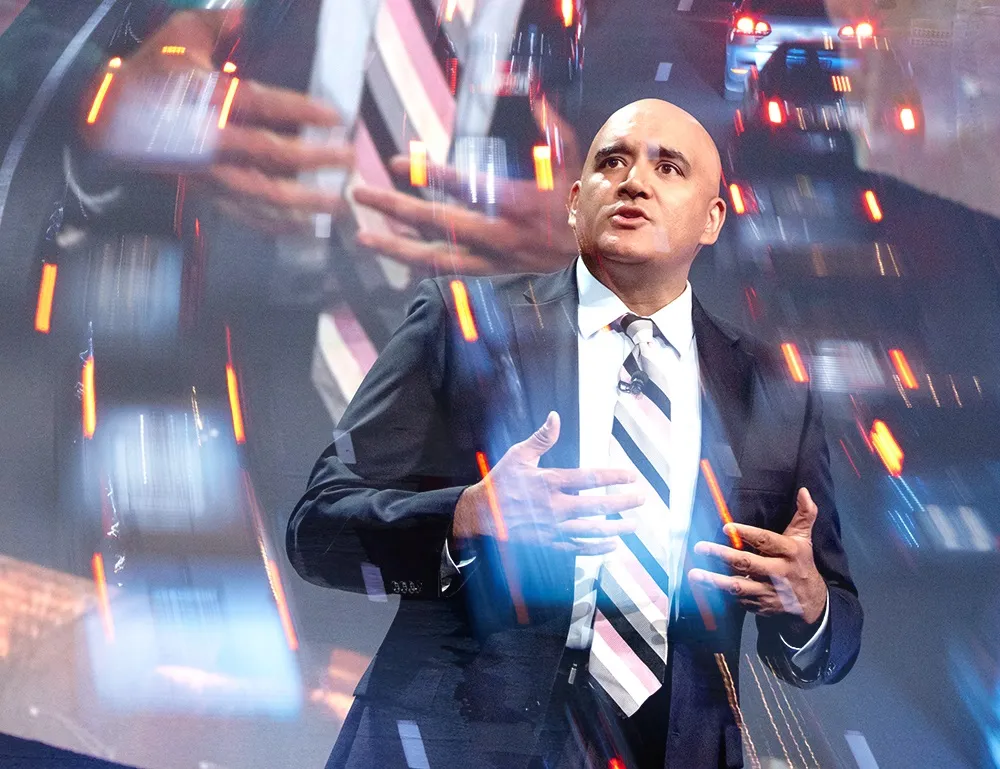The Open Mobile Alliance (OMA) is to moderate a panel at this year’s Telematics West Coast conference, 30 and 31 October at the Hilton San Diego. The panel titled ‘The car steps out into the connected world’ will be comprised of industry leaders and moderated by director Market Development, OMA, Dr Eshwar Pittampalli.
The panel is set to cover the latest developments and predictions in the In-Vehicle-Infotainment (IVI) market and give visitors to the conference a detailed insight into whether the content
October 24, 2014
Read time: 2 mins
The Open Mobile Alliance (OMA) is to moderate a panel at this year’s Telematics West Coast conference, 30 and 31 October at the Hilton San Diego. The panel titled ‘The car steps out into the connected world’ will be comprised of industry leaders and moderated by director Market Development, OMA, Dr Eshwar Pittampalli.
The panel is set to cover the latest developments and predictions in the In-Vehicle-Infotainment (IVI) market and give visitors to the conference a detailed insight into whether the content providers, software architects, tier 1s or OEMs will take ownership of the in-car experience as the industry moves further into the connected world.
Panel member Scott Burnell of278 Ford will be giving visitors an insight into his argument for the need for a single connectivity platform in the auto industry as well as why he thinks the industry’s main quest should be to deliver an in-vehicle experience and not just a range of apps. “The panel is a great way to discuss the developments in the industry and what is next in the telematics space” commented Burnell. Furthermore Zach Brand of NPR will discuss on the panel the growing demand for in-vehicle-infotainment as well as the need for a re-fresh on automobiles as opportunities for the connected car grow and grow.
Pittampalli said, “As the gap between automobiles and Smartphones closes, we continue to see evidence that OMA Enablers are now more applicable than ever within the telematics space. We have already worked with OMA members to highlight the applicability of our enablers for automotive applications.”
Products and services based on OMA Enablers can be used to manage head units, in-vehicle infotainment systems and engine control units. The OEM benefits from production efficiencies and reduced recalls and Mobile Network Operators (MNOs) can offer services using existing OMA-based infrastructure.
The panel is set to cover the latest developments and predictions in the In-Vehicle-Infotainment (IVI) market and give visitors to the conference a detailed insight into whether the content providers, software architects, tier 1s or OEMs will take ownership of the in-car experience as the industry moves further into the connected world.
Panel member Scott Burnell of
Pittampalli said, “As the gap between automobiles and Smartphones closes, we continue to see evidence that OMA Enablers are now more applicable than ever within the telematics space. We have already worked with OMA members to highlight the applicability of our enablers for automotive applications.”
Products and services based on OMA Enablers can be used to manage head units, in-vehicle infotainment systems and engine control units. The OEM benefits from production efficiencies and reduced recalls and Mobile Network Operators (MNOs) can offer services using existing OMA-based infrastructure.








